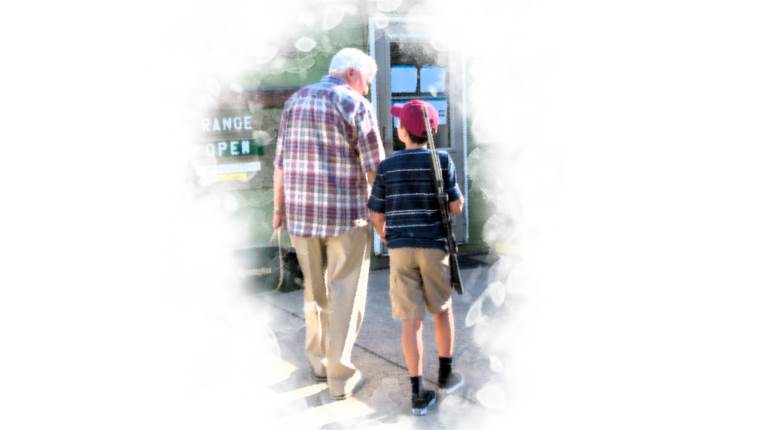
Arthur William Savage was born in Kingston, Jamaica, on May 13, 1857. He received an excellent education in the United States and in England, which was probably designed to have him follow in his father’s footsteps and become a government bureaucrat. But Savage longed for adventure, so as soon as he completed college he headed for Australia to look for black opals.
At some point he was captured by aborigines and held captive for a year. One version of the story says that his captors demanded a ransom, but his family refused to pay. The historian was unable to provide details as to why, but I suspect that Christmas dinners at his house were a bit tense after his escape. Savage explored the wild Australian interior in a covered wagon. Later he became the owner of the largest cattle ranch down under. While there, he married Annie Bryant and eventually had four sons and four daughters.
After 11 years in Australia, at the age of 34 Savage returned to Jamaica to grow coffee. Savage loved firearms and machinery. He was always tinkering on new ideas. He improved the British service rifle and among his inventions was a torpedo that he sold to the government of Brazil. He also developed the recoilless rifle. Savage soon recognized that the future was in America, not Jamaica. He traveled to New York where he took a job managing the Utica Belt Line railroad in Utica, N.Y.
In his spare time he developed a hammerless, lever-action rifle in his home workshop. He patented the design in 1893 and, with an unwavering belief that this gun was leading the way into a new world of firearms, he founded Savage Arms in 1894. It took courage to open a gun company in a field that was dominated by Winchester, Remington and Colt, but Savage recognized that the newly invented smokeless powder was changing the rifle world and that the low-pressure, big-bore rifle cartridges were becoming obsolete.
With his Model 1895 rifle he also introduced a new cartridge, the .303 Savage, a bottle-necked, .30-cal. (0.311-inch bore size) cartridge designed for smokeless powder. The Model 1895 rifle, which was reported to have been built by Marlin Firearms Co. for Savage, was revolutionary as it was designed to use modern, bottle-necked, smokeless powder cartridges with pointed bullets. The new, smaller .303 Savage cartridge had to compete with the physically larger and more popular cartridges of the day, like the .45-70 Gov’t.
So, proving he understood marketing as well as design, Savage started running testimonials in his catalog about the effectiveness of the new cartridge. In those days the catalog not only displayed the products, but it was a source of information for hunters and gun owners in the era before Internet, television or radio. Savage recognized that and ran first-person accounts of one-shot kills with the .303 Savage on moose, deer, caribou, sheep and even grizzly bears. But, the clincher was from an Alaska resident who killed a whale with a single shot from the .303 Savage.
The Model 1895 evolved into the Model 1899, which went on to become of the most successful hunting rifles in history. It was chambered for a wide variety of cartridges including, of course, the proprietary .303 Savage, .250 Savage and the .300 Savage.
In 1904, Savage sold his interest in the company to a group of businessmen and headed west to California. There he started the Savage Tire Company, which grew to employ as many as 2,000 people at one time.
But, Savage Arms would continue without Arthur Savage, and by the 1920s would become the largest firearms company in the free world.





































